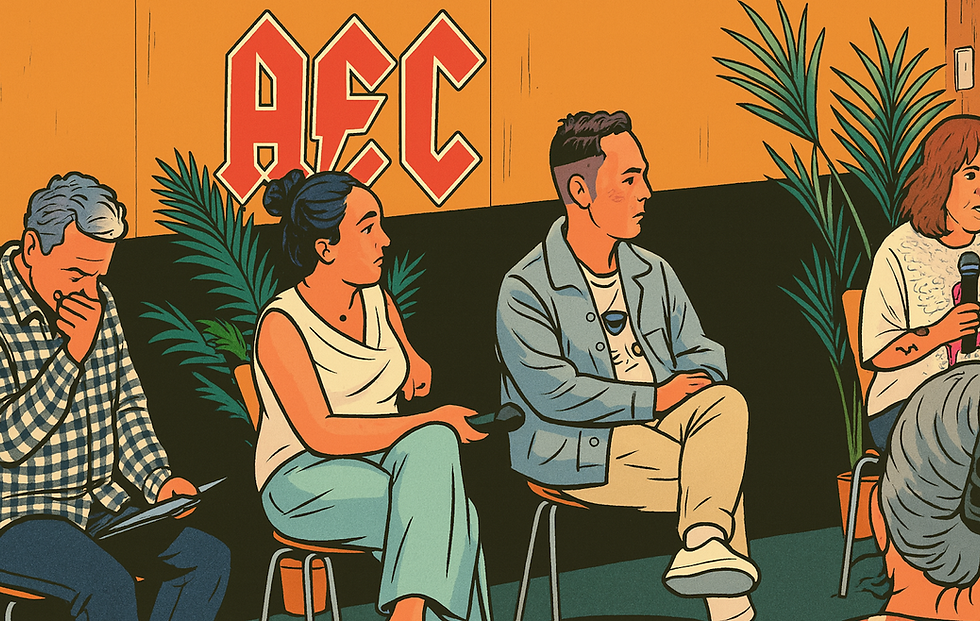A Spoonful of Sugar - Anything can happen if you let it
- Feb 2, 2022
- 3 min read
Updated: Mar 27, 2022

Over the past two years being an educational consultant has been an opportunity to listen and capture voices from around our schools. For us, every voice has been equally important: from the busy caretakers to the five-year-olds with toothless grins. If you are very lucky, even the sassy teenagers put their social media on hold for a moment to share their opinions with you on the playground.
The conversations we have are important, the support we can offer is heartfelt. It has been a unique privilege to have an ‘all seeing eye’ on the challenging circumstances schools have battled. We look on with admiration at the boundless energy and collaboration each ecosystem shares, but recently we are noticing the lights beginning to dwindle as exhaustion creeps in.
Our unique position has enabled us the grace of time to try and be a few steps ahead, whether it's looking at research from overseas or attending as many webinars as humanly possible in a day. We have been gathering and storing knowledge in the hope that we can support as many kura as possible.
We would like to share with you two top tips to help your student's well-being at the start of the school year:
#1 Questions, questions, questions
When we ask questions, we do so to try and understand the world around us. Questions help us to make connections and help learning feel meaningful. When children are able to pose questions and explore the answers, they feel motivated to exercise their sense of agency and build their independence skills.
Research suggests that questions are extremely important for childhood education. Even if your answers aren’t always on point, it will aid children's learning by letting them ask as many questions as possible.
“Thus, the ability to ask questions is a powerful tool that allows children to gather information they need in order to learn about the world and solve problems in it.”
Allow a safe time and place for them to do so, maybe a class question board, or secret box; it can be virtual or physical. You don’t have to provide answers to the questions, allowing them to ask them helps them feel valued whilst it helps kaiako to see what they might be thinking/worried about.
#2 Agree and disagree
Disagreement is a natural and healthy part of forming relationships. Consider where in the classroom do students get a chance to disagree respectfully with opinions, where do we give them a chance to practice these things in safety?
If we practice the art of disagreement respectfully it produces less conflict. We need to feel comfortable with disagreement. It can be a way of healthily exploring our emotions. We all have a perspective of what we think is going on around us (usually influenced by our views of those around us), exploring these opinions in an open, safe environment is important.
Encourage the students to write down their opinions about what they see/hear/understand about their predicament. Once the statements have been decided, create a line to show a continuum of levels of agreement and disagreement. This again can be in a digital space or physical line on the playground made with chalk, or a masking tape line in the classroom.
(Click here for free access to the Spoonful of Sugar tool that contains the Sticky Questions tool and the Agree/disagree tool to help you implement these two tips with your students)
Away from the exhaustion and constant change there are attuned adults who are waiting to help. Allow your PLD consultants to be your Mary Poppins and let them support you where you didn’t think possible.




Comments